How to Choose an ATV Helmet
And What Are The Things You Should Pay Attention To?
The global pandemic resulted in a surge in ATV sales in Canada. With this came the obligatory increase in injuries, as inexperienced riders took to the trails. But even as a careful or experienced driver, how can you limit accidents and injuries? One way is with the correct safety gear, which starts and ends with your helmet. Read on as we give our guide on how to get the perfect ATV helmet.
What Kind of Helmet Do You Need for an ATV?
When it comes to helmets, there are plenty of choices on the market. Each will have many advantages, disadvantages and levels of protection. We have collected the different types of helmets below.
Half Helmet
A half helmet covers your skull. Although this is the most important part, they do not offer protection for the lower half of the head. While they are a lower-budget option, they are not recommended.
Open Face Helmet
An open-face helmet offers more protection than a half helmet, as it has parts on the side that cover your ears. Some will even offer a visor for face protection. Their main problem is that they still leave the jaw and teeth area unprotected.
Modular Helmets
A modular helmet looks like a typical motorcycle helmet. The difference is that the chin and face section snaps upward. This can be useful if you need to expose your face for communication while needing the ability to get back on your ride quickly.
Off-Road Helmet
An off-road helmet offers full protection and some added benefits for hard riding. Many of them have a cap-like peak to keep the sun out of the user's face. They also have a wide eye socket so goggles can be worn comfortably with it.
How to Determine Which Size of Helmet You Need
Each manufacturer of ATV helmets will make their sizes slightly differently. This makes it vital that you try the helmet on before buying. If you are buying online, then you need to check the measurement of their helmets against your head carefully. Do this by getting a tailor measuring tape. You should measure the circumference of your skull, holding the tape one inch above your brow. You can then cross-reference and decide what helmet size is best.
How Should a Helmet Fit?
When trying a helmet, start by placing it on your head and begin tightening the chin strap. Pull it taught, so that it is tight but comfortable. When you shake your head it should not move or fall off. Take a finger and try to put it between your head and the padding inside the helmet. Near the forehead, it should be tight enough so that you can't get a finger in. Put your hand at the back of the helmet, and you should not be able to pull it off from this direction either. The helmet should feel a little tight when it first goes on. After a few uses, the padding will begin to soften and shape. If it continues to remain tight then you may have picked a helmet that is too small.
The Most Important Factors When Selecting an ATV Helmet
Besides the size and type, there are several other considerations to make when selecting a helmet. If you plan to wear the helmet a lot, then you may opt for one with snap-out insides. This lets you take out the interior lining so it can be washed with ease. Should you be looking for versatility, then some helmets offer replaceable shields. This allows you to swap for one that has a tint, which may be helpful if you are riding on summer days or in the low winter sun.
Safety Standards To Look Out For
When looking for safety, there are two certifications you need to look out for. These are DOT and Snell ratings. DOT ratings are set by the Ministry of Transportation. The rating inside will tell you if the helmet meets or exceeds their standards for safety. It is obviously better to look for one that exceeds. Snell ratings are an addition that put the helmet through robust safety testing. When you are planning to ride hard on taxing terrain, then you should opt for a helmet with snell ratings.
Best Helmets For Each Season
When riding in the hot summer, you will be faced with a lot of dry dirt and dust. This means you need something that covers your face and mouth but also has adequate ventilation. Off-road helmets are ideal for this. In the winter months when wet mud is going to stick, vision is a priority. For this, you may want something that has a full face or is easy to wipe. Modular helmets are more suited for this type of weather. In the winter months, you also need adequate ventilation. If not, fogging can start to occur.
When To Replace Your ATV Helmet
If you ever have an impact, the helmet should be replaced. Even if it looks fine, the internal components or structure may have been compromised. It could be weak in the event of another crash. Other than this, helmets should be replaced every three to five years. Seven years after the date of its production is the most a helmet should ever be used. By this time, padding and fabrics may have started to disintegrate.
Selecting Your ATV Helmet
In summary, make sure you get the right fit for your ATV helmet. Once you know the size you need, you can try out different makes and models. Think about which features are most important and begin your shopping. Dunsford of Havelock should be your go-to Powersports dealer in the Peterborough area. From safety gear to parts and repairs, we can serve all your ATV needs. Contact us here and see how we can help you.

.png)